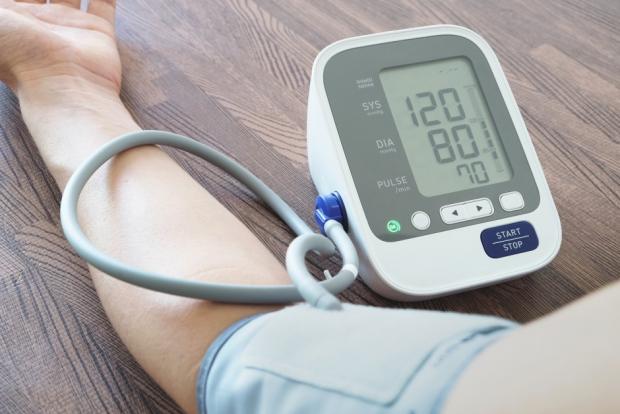Importance Of Blood Pressure Monitoring At Home

Numerous individuals measure their blood pressure at home. This is often done to manage or treat a particular health issue. Keep a record or journal of your blood pressure readings if you monitor your blood pressure at home. The log indicates to your physician how your blood pressure fluctuates throughout the day. If you use medications to manage your blood pressure, this will assist demonstrate whether or not they are effective. At-home blood pressure monitoring is an effective strategy to actively control your health.
What Equipment Do I Need For Home Blood Pressure Monitoring?
You may test your blood pressure at home using either a manual (aneroid) or digital monitor. Select the monitor type that best fits your needs. Consider the following characteristics while selecting a monitor.
- Size: The correct cuff size is crucial. Your arm circumference will determine the size of the cuff you require. You can request assistance from the physician, nurse, or pharmacist. Blood pressure measurements may be inaccurate if the cuff is the incorrect size.
- Price: Price may be a crucial aspect. Home blood pressure monitor prices vary. You may wish to look around for the greatest price. Consider that an expensive device may not be the most effective or accurate.
- Display: The numbers shown on the monitor should be legible.
- Sound: Your heartbeat must be audible with the stethoscope
Aneroid Monitor
The aneroid monitor checks your blood pressure manually. You can read the gauge by seeing the pointer on the dial. The cuff is worn on the upper arm, and it is manually inflated by squeezing a rubber bulb.
The device may have a function that makes it simple to fasten the cuff with one hand. It is also portable and may be transported without difficulty.
The rubber bulb that inflates the cuff may also be difficult to squeeze. Due to the requirement to listen to your heartbeat with a stethoscope, this sort of monitor may not be ideal for those with hearing impairments.
Digital Monitor
The popularity of digital monitors for monitoring blood pressure has increased. They are frequently simpler to operate than aneroid units. The digital monitor features an integrated gauge and stethoscope. Also included is an error indication. The reading of blood pressure is shown on a tiny screen. This may be more legible than a dial. Some systems also provide a printed copy of the reading as a record.
Depending on the type, the cuff is either automatically or manually inflated. Deflation occurs automatically. Digital monitors are advantageous for deaf people, as it is not necessary to listen to the heartbeat with a stethoscope. You can shop Medescan online fordigital blood pressure monitors.
How Can I Determine Whether My Monitor Is Accurate And Whether I Am Using It Properly?
Once you’ve purchased your equipment, have your physician verify its accuracy. Once a year, they should examine your monitor. Periodically inspect the tubing for cracks and leaks on your own. Careful handling and storage are required. Ensure that the tubing is not twisted before storing it.
Request that your doctor or nurse instruct you on the proper usage of your blood pressure monitor. This will help you obtain favorable blood pressure control results.
How Can My Blood Pressure Be Measured?
- Wait 30 minutes after eating or using coffee, alcohol, or tobacco products before measuring your blood pressure.
- Visit the restroom and void your bladder.
- Rest for 3 to 5 minutes and refrain from speaking.
- Sit in a comfortable position, uncrossing your legs and ankles and supporting your back.
- Raise the level of your left arm to that of your heart. Place the object on a table or desk and take a seat.
- Wrap the cuff over your bare arm’s top portion. The cuff should fit snugly and smoothly. There should be enough space under the cuff to fit one fingertip.
Examine the position of the cuff. The bottom border of the garment should be 1 inch above the elbow crease.





